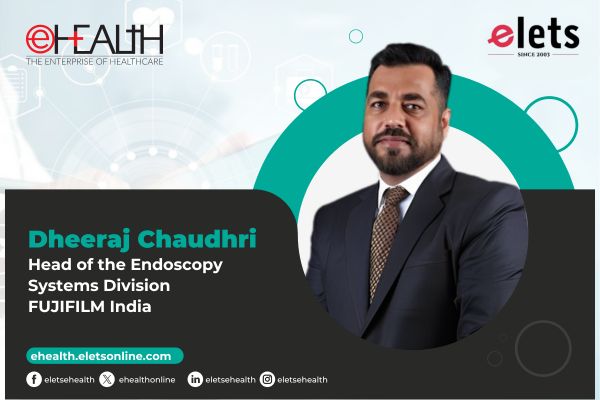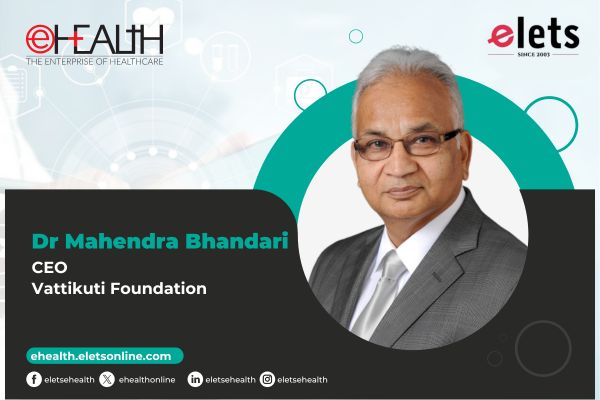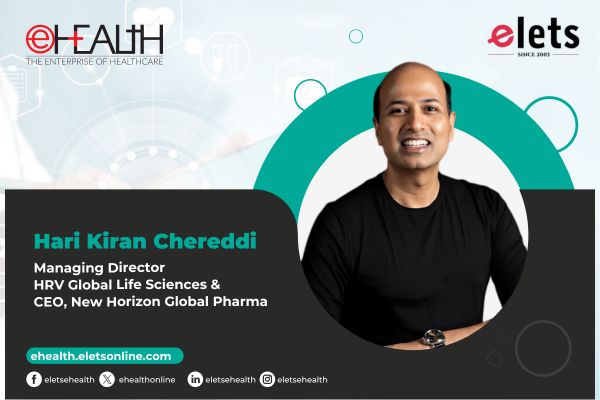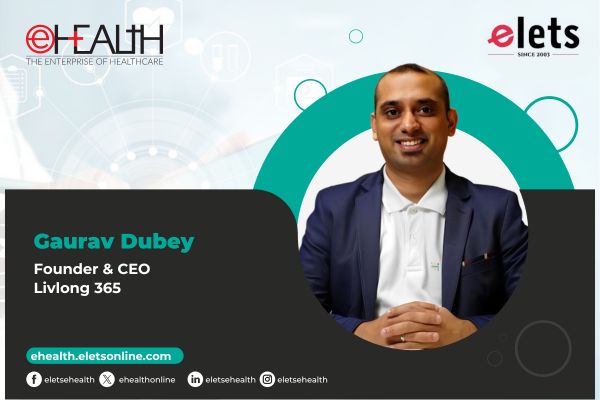 Q. What are the basic challenges that are meant to be addressed through the NRHM-HMIS portal?
Q. What are the basic challenges that are meant to be addressed through the NRHM-HMIS portal?
A. When NRHM was launched in April 2005, there were a number of separate programs for different areas such as TB, malaria, maternal and child health etc. Under the NRHM, we tried to bring it all together as an integrated program for facilitating coordination among all of them. The reason for that was, whether one is suffering from TB, malaria or any other health problem, the person will go to the same institution or facility for his/her treatment.
We had a similar problem regarding management of information across different programs. Each program had its own reporting channels built up over the years. Some programs had very elaborate reporting systems (such as in TB, where they monitor up to the most micro level) and for some the reporting systems were weak, which resulted in acute scarcity of data. This situation made it immensely difficult for understanding exact problems at the district and sub-district levels, and magnified at the State and the Central level.
We realised that if NRHM is itself integrated as a program, we need to integrate various monitoring and uation systems as well. Even our fund flow mechanism started to get integrated. We no longer send funds through separate programs, but rather through one single society in each state. In turn, state societies sign off funds to district societies and so on. To support all these activities, the medical officers were supposed to provide healthcare to people, which they were unable to. To address this problem, we established ‘programme management units’ in each state and district headquarters, where professionally qualified people were recruited for handling finance, program management and MIS. However, inspite of having people and equipment in place, data was not coming in on time. This was the actual genesis of the NRHM-HMIS portal.
Q. How did you go about in developing the conceptual framework of the HMIS portal?
A. About two years ago we created a task force on health management information system, under the Chairmanship of the Director General of Health Services (DGHS). The task force developed a blueprint for the system and defined various technical and functional aspects required for the portal. Once the blueprint was ready we went ahead for the tendering process. Criteria were laid in such a manner that it fit only those agencies with a certain level of calibre and credibility, and not any fly-by-night operator. We built in a 5-year maintenance contract, so that the vendor stays with us even beyond the development period – share the pains and gains of the project, help us build stronger processes and see through its entire evolution.
To begin with, we were thinking to have a state level reporting system. But soon we felt the need to make it more pervasive and decided to have it as district level. However, when we actually set out to develop the system, we found that the real need is to make it facility-level. Based on this realisation we developed the system with all requisite capability and scalability features to make it work even for facility-level reporting. However, we will roll out the facility-level system only after the districts start showing certain degree of stability in their processes.
The biggest strength of this system lies in its ability to bring apparently disparate data sets and spatially distributed resources on one single platform. This has been achieved to the extent of even integrating the financial reporting system within the health information system. Getting both physical and financial information on the same portal is in itself quite unique and remarkable.
Q. How much time do you think it will be before you can actually start realising the benefits of this system?
A. Ideally, we should have started drawing the benefits yesterday!
NRHM started in the year 2005 and is scheduled to terminate in 2012. We have crossed mid-way through the program and hence I think we’re already late. We need to put this on a fast track and ensure that we get data on a regular basis. However, it will take some time for the system to stabilise, as people need to be trained and sensitised. We have roped in ‘National Health Systems Resource Centre’ for training and capacity building at the district level. Considering that there are more than 600 districts across India, this is not an easy task at all. In addition, there is wide variation in technical and functional competence levels among district MIS teams, which can cause substantial difference in training outcomes in different places.
Over last two months since the system started running, we’ve had a maximum of 329 districts entering data (out of 600+ districts) for a particular month. This squarely points to the huge amount of capacity building that is still required. Efforts are going on all around and even iBilt is helping us in some places.
But for a huge number of people it’s something novel, requiring an entire change of mindset. This requires us to not only explain how and what to report but also generate a sense of accountability and ownership about their reported data. We need to make them realise that what they report today will bear profound impact on decisions about tomorrow.
In the long run, our purpose is to make them capable of taking decisions based on their own data and information. The society system of public health management is trying to empower people so they can take decisions based on their requirements. For example, at each facility levels, we now have something called ‘Rogi Kalyan Committee’ (patient welfare committee), which comprises of members from medical fraternity, public health, civil engineering, irrigation, water and sanitation departments, along with local elected representatives, who decide how funds can be best utilised to improve health services. The HMIS will play a vital role in all such local level planning and at the same time empower Central authorities with substantive evidence and data to rationalise fund allocation.
Q. What is the strategy being followed with respect to data that is already available in paper format?
A. We have migrated most of the data prior to April 2008 in the consolidated form. While those before April ’08 will be available only state-wise, we are trying to get those after April ’08 district-wise. Once we have one full year of time-series data, we start can doing district-level trend analysis.
Q. Even with the HMIS system in place, the quality of field data might still be questionable in some cases. How do you plan to address this challenge?
A. The HMIS portal is equipped to handle data from multiple sources such as National Family Health Survey (NFHS), District Level Household Survey (DLHS), National Census etc. In addition, we will also get data from independent agencies, which will start flowing in from March-April ’09 onwards. When all of these come together, we’ll have huge data sets – much more than what is humanly possible to analyse or disseminate. This will help in cross-checking and validating primary data, and finding possible discrepancies in reporting. The aim is to aggregate data from different sources within a common indicator framework and seeing how we can map it through data triangulation.
Q. What is the ultimate outcome of this project? How do you foresee changes in the way public health is managed and delivered?
A. The ultimate goal of this project is to put data for action at the local level. However, to make this happen, firstly we need data, secondly we need analytical capabilities, and thirdly we need the authority to use this analysis for action on ground. This calls for a huge amount of mindset change that has to go in for making people capable of making their own decisions.
However, it is not at all easy to put this in practice – primarily because we have never thought in that direction. We are used to filling forms, collecting data and then forgetting all about it. But we need to stop forgetting and start using the data. The cutting-edge analytical tools of this HMIS portal will help consolidate data from different sources and facilitate timely action. It also requires talking to institutions, creating capacity by training and sensitising people who have never before thought about using data in such a way.

Be a part of Elets Collaborative Initiatives. Join Us for Upcoming Events and explore business opportunities. Like us on Facebook , connect with us on LinkedIn and follow us on Twitter , Instagram.
"Exciting news! Elets technomedia is now on WhatsApp Channels Subscribe today by clicking the link and stay updated with the latest insights!" Click here!
















